New data from industry research company Macromonitor shows construction activity in Australia’s regional areas, driven mainly by renewable energy projects, will grow twice as much as activity in the metropolitan centres over the next two years.
Sydney-based Macromonitor is forecasting the rollout of renewables will push construction activity in Australia’s regional areas up $23 billion (USD 14.94 billion), or 19%, between 2024/25 and 2026/27, well ahead of the $12 billion, or 7%, increase forecast for capital cities.
“The explosion of wind, solar, pumped hydro, energy storage and transmission will supercharge construction activity in Australia regions over the next two years,” Macromonitor Director Nigel Hatcher said.
“Renewable energy is Australia’s biggest growth area of construction, and projects are generally located outside capital cities.”
A record 4.4 GW of new solar, wind, and storage capacity was commissioned across the National Electricity Market last financial year.
The Australian Energy Market Operator (AEMO) anticipates that figure will be eclipsed in coming years, forecasting between 5.2 GW and 10.1 GW of new renewable energy generation and storage capacity to come online annually from now to the end of the decade as the nation’s coal-fired power plants are progressively shut down.
Hatcher said this pipeline of solar, wind, battery, and transmission projects will drive construction activity in the regions but said the effects will extend beyond the projects themselves.
“Other key drivers in the regions will be house building, roads, railways and minerals,” he said.
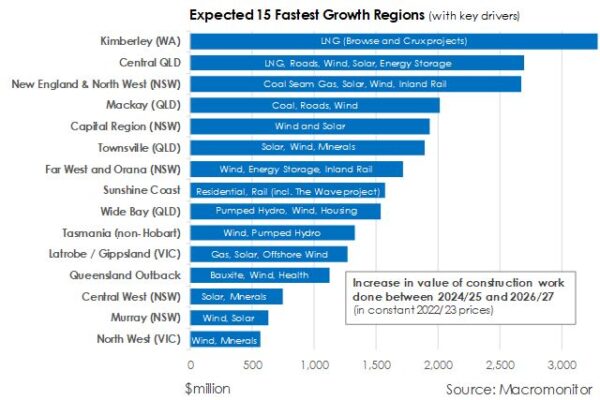
Key growth regions include central Queensland and the New England and northwest areas of New South Wales, all of which have become targets for solar and battery energy storage developers.
The latest update from Macromonitor follows the release earlier this year of its Renewable Energy Construction Outlook – Australia report that forecasts spending on building renewable energy infrastructure is on track to peak at more than $36 billion in 2027/28, having already surged 74% in the past four years from $13.8 billion in 2020 to $24 billion in 2024.
This content is protected by copyright and may not be reused. If you want to cooperate with us and would like to reuse some of our content, please contact: editors@pv-magazine.com.
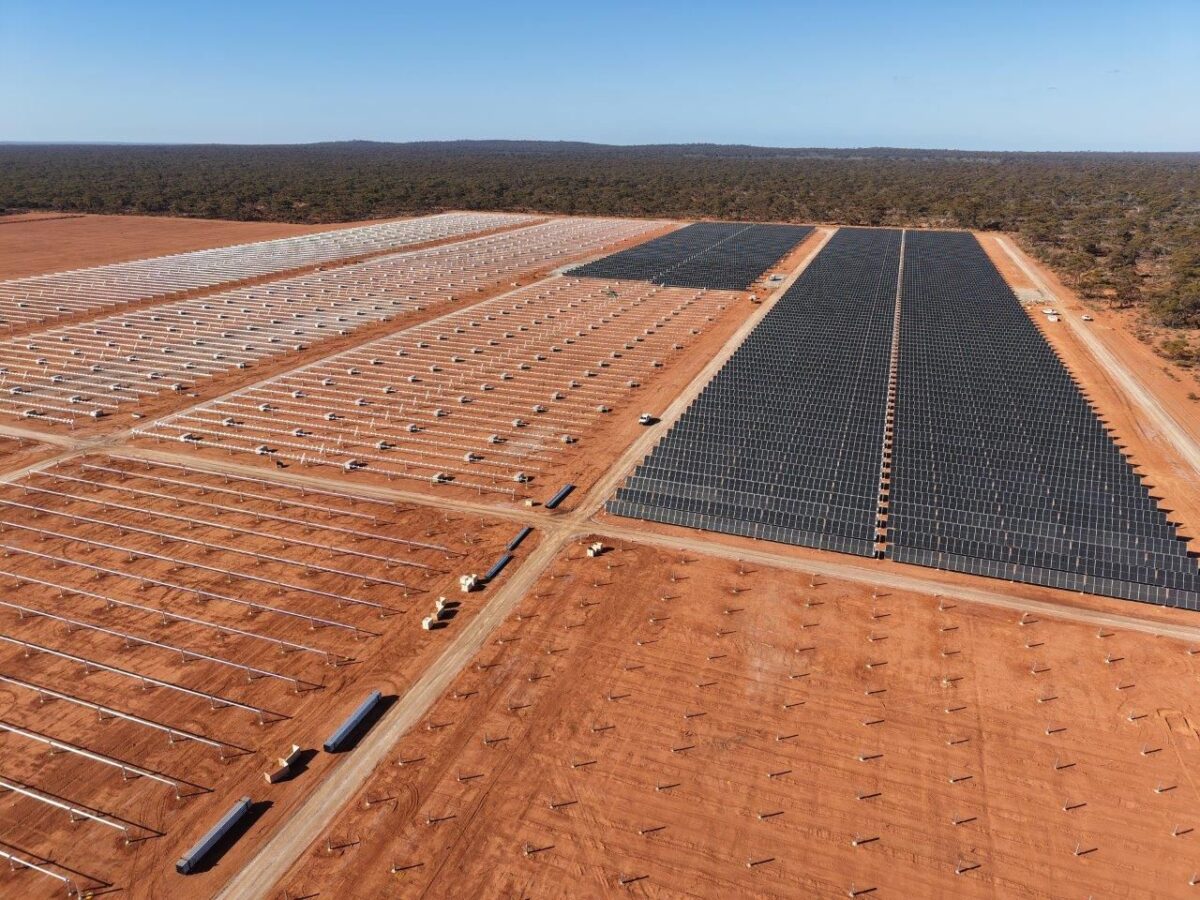
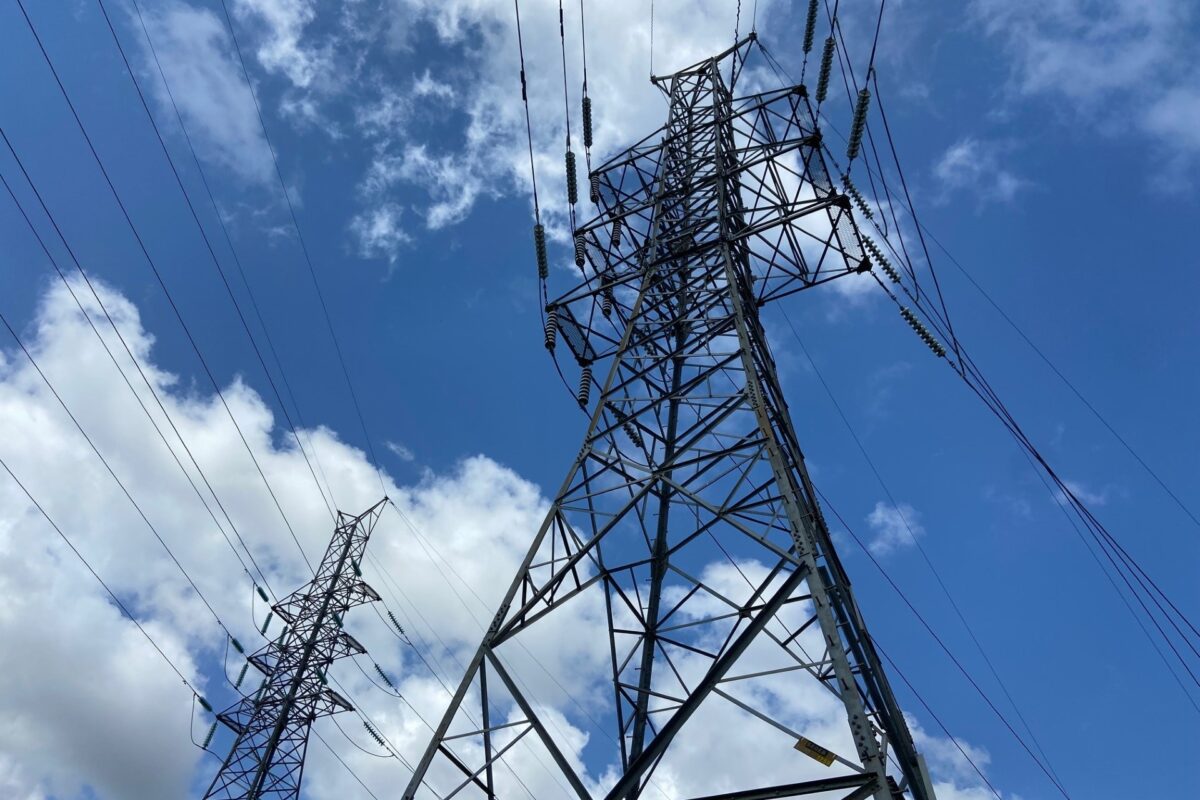


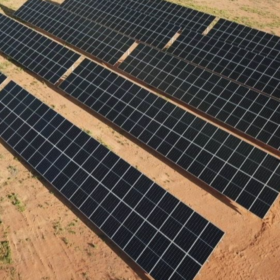

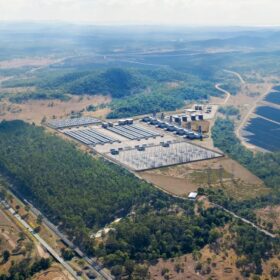
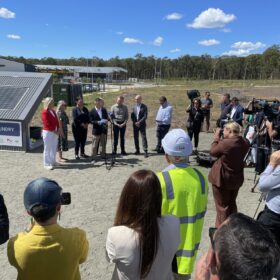
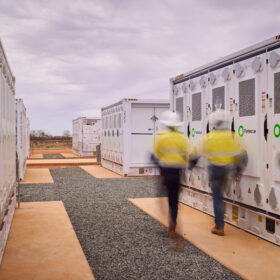
Regional Australia don’t want these on our land